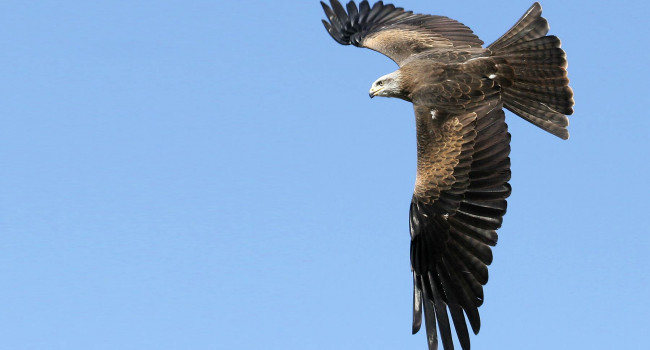Setting priorities for climate change adaptation of Critical Sites in the Africa-Eurasian waterbird flyways
Author(s): Breiner, F.T., Anand, M., Butchart, S.H.M., Flörke, M., Fluet-Chouinard, E., Guisan, A., Hilarides, L., Jones, V.R., Kalyakin, M., Lehner, B., Leeuwen, M., Pearce-Higgins, J.W., Voltzit, O. & Nagy, S.
Published: November 2021 Pages: 14pp
Journal: Global Change Biology
Digital Identifier No. (DOI): 10.1111/gcb.15961
Abstract
Despite their importance for biodiversity and ecosystem services, wetlands are among the most threatened ecosystems globally. The conservation of many migratory waterbirds depends on the conservation of a network of key sites along their flyways. However, the suitability of these sites is changing under climate change, and it is important that management of individual sites in the network adapts to these changes. Using bioclimatic models that also account for changes in inundation, we found that projected climate change will reduce habitat suitability for waterbirds at 57.5% of existing Critical Sites within Africa-Eurasia, varying from 20.1% in Eastern Europe to 87.0% in Africa. African and Middle East sites are particularly threatened, comprising 71 of the 100 most vulnerable sites. By highlighting priority sites for conservation and classifying Critical Sites into Climate Change Adaptation Strategy (CCAS) classes, our results can be used to support the climate change adaptation of both individual sites and the entire site network.
Staff Author(s)







Share this page